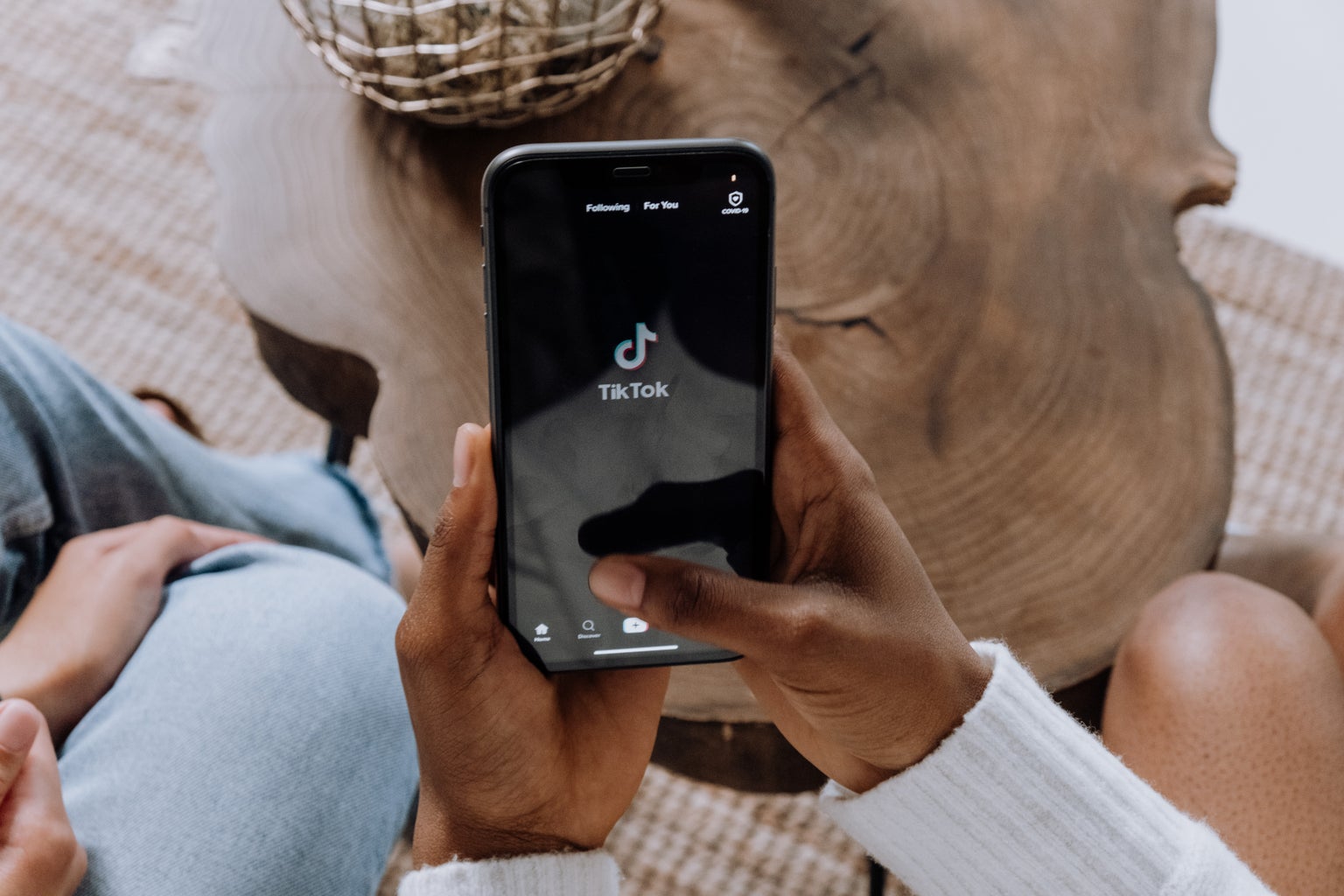In one form or another, “female rage” inspired videos constantly appear on my TikTok For You Page. These videos are compilations of female TV show and movie characters screaming and throwing things, with thousands of women liking, commenting, and republishing the videos. The trend has become so popular, that many recreate these clips by video taping themselves yelling the words of these sound clips, or creating their own “female rage” compilations. “Female rage” compilations include clips from movies such as Pearl, Hidden Figures, Lolita, Thirteen, and more.
“Female rage” has taken TikTok by storm. However, what we don’t ask ourselves, is whether or not these video clips are appropriate when trying to prove our points. I believe it is crucial that we examine the “female rage” trend through an intersectional lens to avoid misrepresenting, ignoring, and romanticizing social justice issues.
What is “female rage”?
According to a Her Campus article by Alicia Alvarez, “female rage,” otherwise known as “feminine rage,” can be described “as an ancestral and inherited response to the struggles, oppressions, and wrongdoings that women have been subjected to.” This concept is known to be a unique female experience that is “calculated, calm, and intense.”
“Female rage” can be seen in historical and mythological figures, like Medusa. Recently, “female rage” can be found in TV shows and movies. According to a New York Times article, these “scenes and storylines are not about the anger itself but rather what has led a woman to speak, to act, to defend herself and others, to have the autonomy to express an unpalatable emotion.”
Why should we examine and portray “female rage” intersectionality?
It is critical that women have the space to express their anger and discontent with gender-based discrimination. The “female rage” trend has the potential to empower the voices of women who have faced discrimination on the basis of their sex. However, the clips included in “female rage” compilations on TikTok tend to ignore other social justice issues and inadvertently romanticize hardship.
For example, Hidden Figures is a powerful film about three Black women who are the mathematical and scientific brains behind one of the most memorable space operations in NASA’s history. The team overcomes significant racial and gender-based discrimination while solidifying themselves as some of the greatest minds in American history.
Many “female rage” compilations on TikTok include a famous bit of sound from this movie, where Katherine Johnson, played by Taraji P. Henson, exclaims that she’s “worked like a dog day and night.”
Including this piece without context or understanding that other social issues are at play is ignorant and harmful. It disregards the fact that these women are not just yelling because of a feminist issue, but they are experiencing other social injustices.
In addition, when people attempt to recreate these compilations by yelling the verses themselves, they are essentially mocking the deep and meaningful quotes. For example, there is a TikTok of girls who have made their voices high pitch with helium, and then they proceed to recite verses from notorious “female rage” clips. Shouting “I work like a dog, day and night” and laughing uncontrollably disrespects the entire film and demonstrates a lack of awareness for social issues.
Another example of an inappropriate clip being inserted into a “female rage” compilation is Rue, played by Zendaya, from Euphoria. Throughout the show, Euphoria touches on sexuality, gender identity, emotional and physical abuse, social media pressures, and drug addiction.
Rue experiences serious drug addictions throughout the show, which results in her lashing out and yelling at friends and loved ones. Her character is clearly hurting and suffering, but “female rage” videos have included clips of her shouting at her mother, sister, and partner.
It is inappropriate and counterproductive to include Rue in “female rage” compilations because those clips do not accurately represent “female rage” by definition, and they inadvertently romanticize a very serious issue, drug abuse.
How can we examine and portray “female rage” intersectionally?
Many clips in “female rage” compilations highlight multiple social injustices that are often based on true events or scenarios.
Women in these videos are more than just “angry.”
Acknowledging the multiple levels of injustice and suffering that women in these clips have endured will bring about further social awareness and productivity in the name of feminism.
We can examine this trend intersectionally by adding context and understanding the history of these short video clips. Ultimately, these 15-second TikTok compilations aren’t an appropriate way to make a feminist statement because they pose the issues discussed in this article (misrepresenting, romanticizing, and ignorance).
Personally, I believe this trend is unproductive and facetious at times. These compilations had potential, but they missed the mark entirely when people began inserting inappropriate clips and mocking them.
I believe there are more efficient ways to spark social change and bring awareness to gender-based oppression.




